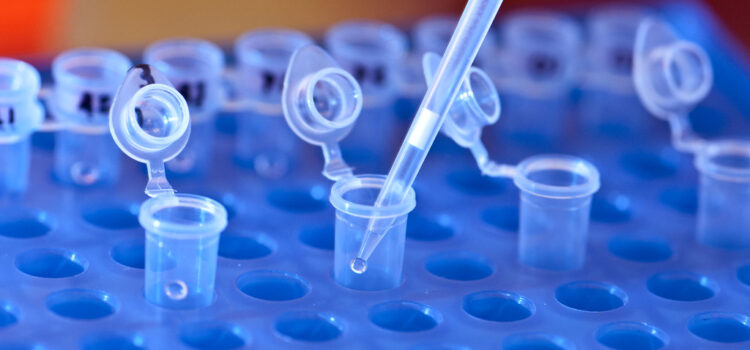

Cell and gene therapy promises new medical breakthrough
COVID-19HealthNews Oct 20, 2021 Jace Lo Giudice

Pharma companies are breaking new ground with cell and gene therapy that promises new treatments and remedies for those with certain chronic illnesses.
The therapy comes in the wake of the technology developed by Pfizer-BioNTech through work done on the COVID-19 vaccine.
Cell and gene therapy uses the same technology as the vaccine to embed vital proteins, that are otherwise missing in a patient, directly into cells by means of a viral carrier, essentially curing the disease.
“We are currently working with one customer who’s filed for license with the FDA for treatment of multiple myeloma, which is a form of cancer, we’re working with other customers who are working in disease areas such as hemophilia, Duchenne muscular dystrophy, several different forms of genetic blindness, and Parkinson’s disease,” says Katie Shannon, senior director of engineering, viral vector services at Thermo Fisher Scientific. “To be at a position now where the science is advanced to a place where we can see on the horizon transitioning from more treatments to cures is so exciting to be a part of.”
For many patients this could mean a permanent solution to what was once a lifelong burden of affliction and continual stop-gap treatments and drugs.
“Those patients just don’t have the ability to make those proteins because they’re lacking the ability to have a template DNA in their cells,” says Graham Gould Maule, project manager of pharmaceutical development services at Thermo Fisher Scientific. “Haemophilia for example is a condition where they don’t make that clotting factor that is required [to seal up wounds] so, what we can do is just give them the ability for their cells from their body to function the way that somebody who does not have the disorder has.”
Viruses are by nature programmed to infiltrate cells, disperse their own genetic information, and rapidly multiply, bursting the cell.
The mechanism in cell and gene therapy works by using a virus as a blank template to infiltrate a cell and deliver a specifically controlled set of proteins to patient’s cells instead, minus the detrimental replicating factor naturally found in viruses.
“You’re basically marrying two separate things, and then when the genetic material is delivered to the cell by a virus, instead of the cell being confused and going off and incidentally making more viral proteins all they’re doing is making the proteins that the body actually needs to cure the condition that the patient’s afflicted with,” Maule says.






